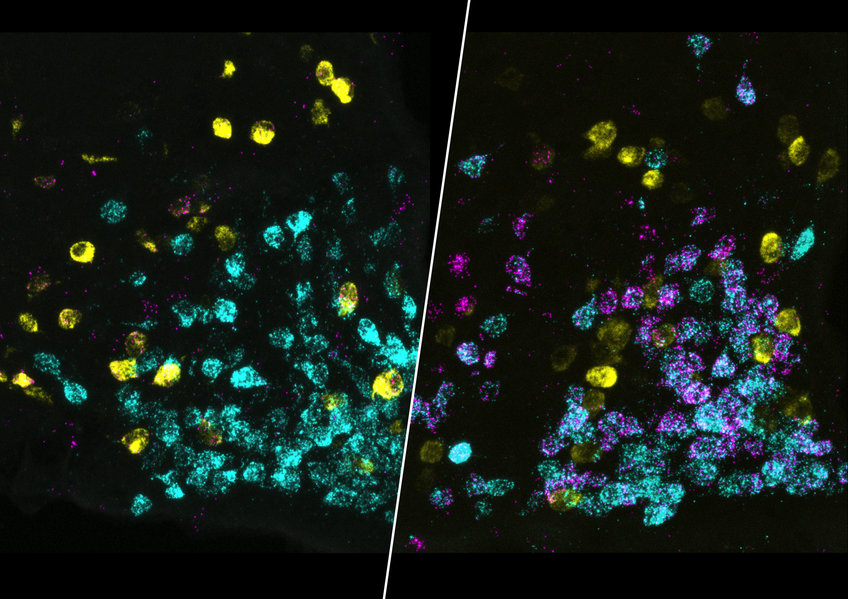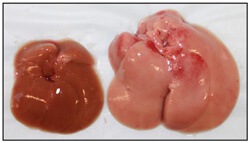
© Weiyi Chen/ Max Planck Institute for Metabolism Research
Fasting triggers autophagy in our body. The body switches on the waste disposal system in the cells and gains new energy. Researchers at the Max Planck Institute for Metabolism Research in Cologne have now shown in mice that the brain plays a decisive role in this process.
Even after a short period of fasting, the brain triggers the release of the hormone corticosterone and thus initiates autophagy in the liver...
Read More









Recent Comments